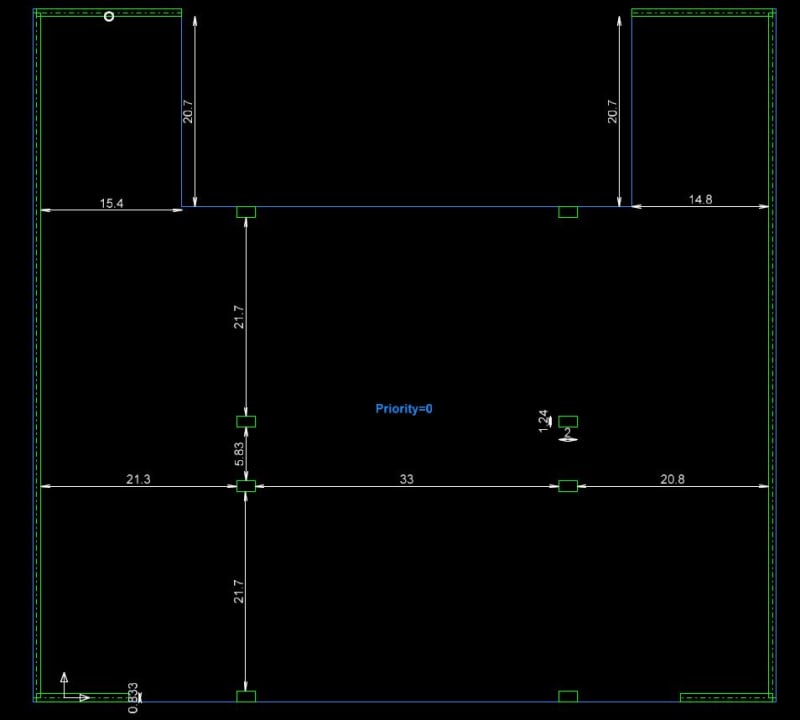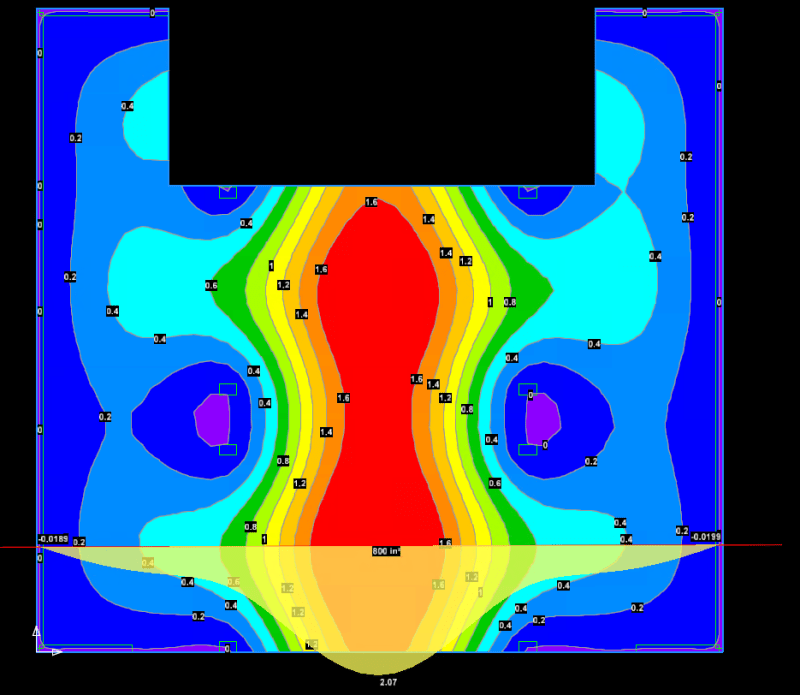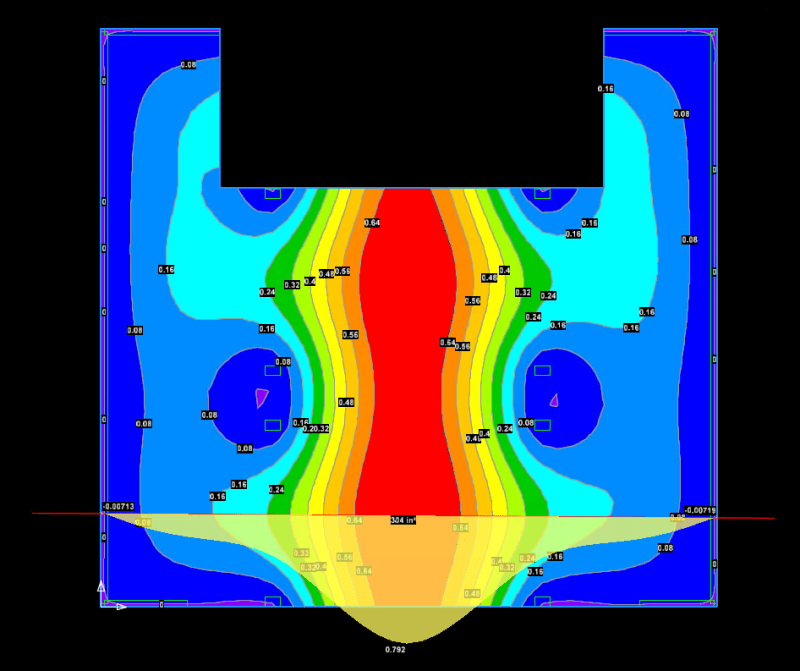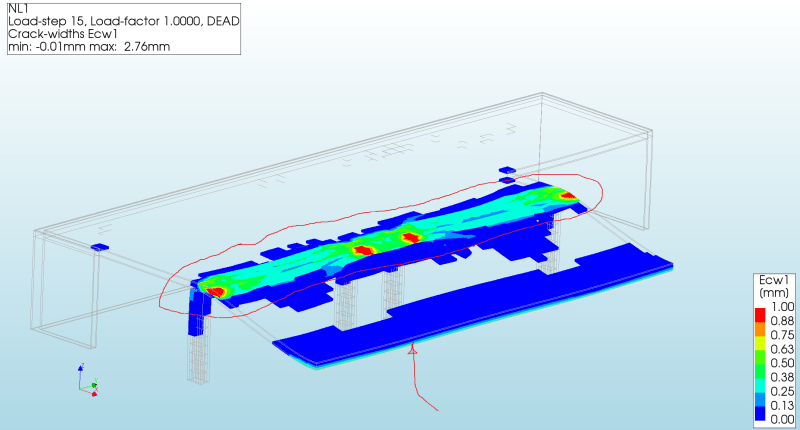I have an unusual issue on a project where there is a concrete slab that is deflecting 2.5" in the worst location only under construction loading. The two-way slab was designed using RAM concept and from the results, there should only be 0.6" of deflection occurring under construction. The area in question is a 33' span, the slab is 10" thick with an f'c of 5,000psi.
I've gone to the site and confirmed the deflections but strange part is there was no visible cracking on the top or bottom of the slab. The slab was poured all in 1 day and there were no visible construction joints in the slab either. I also noticed that there were larger than expected deflections throughout the slab, not just at the worst case condition. At 1st we thought that the contractor may have pulled the forms off to early as they pulled them 15 days and didn't reshore but the concrete break tests indicate roughly 4,000 psi at just 7 days (High-range ware reducers were used in the mix). It's also worth noting, the slab was poured 6 months ago and then there was a pause on the job over the summer so the 2nd story slab has yet to be constructed. The contractor stated that there were no materials that were stored on the slab over the pause and they noticed the deflections when water would begin to pool when it rained. Based on the inspection reports everything seemed to be correct regarding the rebar and pour. We have asked the contractor to reshore the entire slab until the source of the problem can be found.
Due to the lack of cracking my current theory is that there may have been an issue with the formwork while the slab was being poured that resulted in the slab deflecting before it ever started to cure. The issues is this doesn't fully explain why the deflection can be seen on the top and bottom of the slab or why the larger deflections are consistent throughout. If we can't determine the source our next step is to try and have testing done on the slab to see if there is a discrepancy between the slab and the concrete core results. Does anyone have any suggestions on what else could be the cause?
I've gone to the site and confirmed the deflections but strange part is there was no visible cracking on the top or bottom of the slab. The slab was poured all in 1 day and there were no visible construction joints in the slab either. I also noticed that there were larger than expected deflections throughout the slab, not just at the worst case condition. At 1st we thought that the contractor may have pulled the forms off to early as they pulled them 15 days and didn't reshore but the concrete break tests indicate roughly 4,000 psi at just 7 days (High-range ware reducers were used in the mix). It's also worth noting, the slab was poured 6 months ago and then there was a pause on the job over the summer so the 2nd story slab has yet to be constructed. The contractor stated that there were no materials that were stored on the slab over the pause and they noticed the deflections when water would begin to pool when it rained. Based on the inspection reports everything seemed to be correct regarding the rebar and pour. We have asked the contractor to reshore the entire slab until the source of the problem can be found.
Due to the lack of cracking my current theory is that there may have been an issue with the formwork while the slab was being poured that resulted in the slab deflecting before it ever started to cure. The issues is this doesn't fully explain why the deflection can be seen on the top and bottom of the slab or why the larger deflections are consistent throughout. If we can't determine the source our next step is to try and have testing done on the slab to see if there is a discrepancy between the slab and the concrete core results. Does anyone have any suggestions on what else could be the cause?





